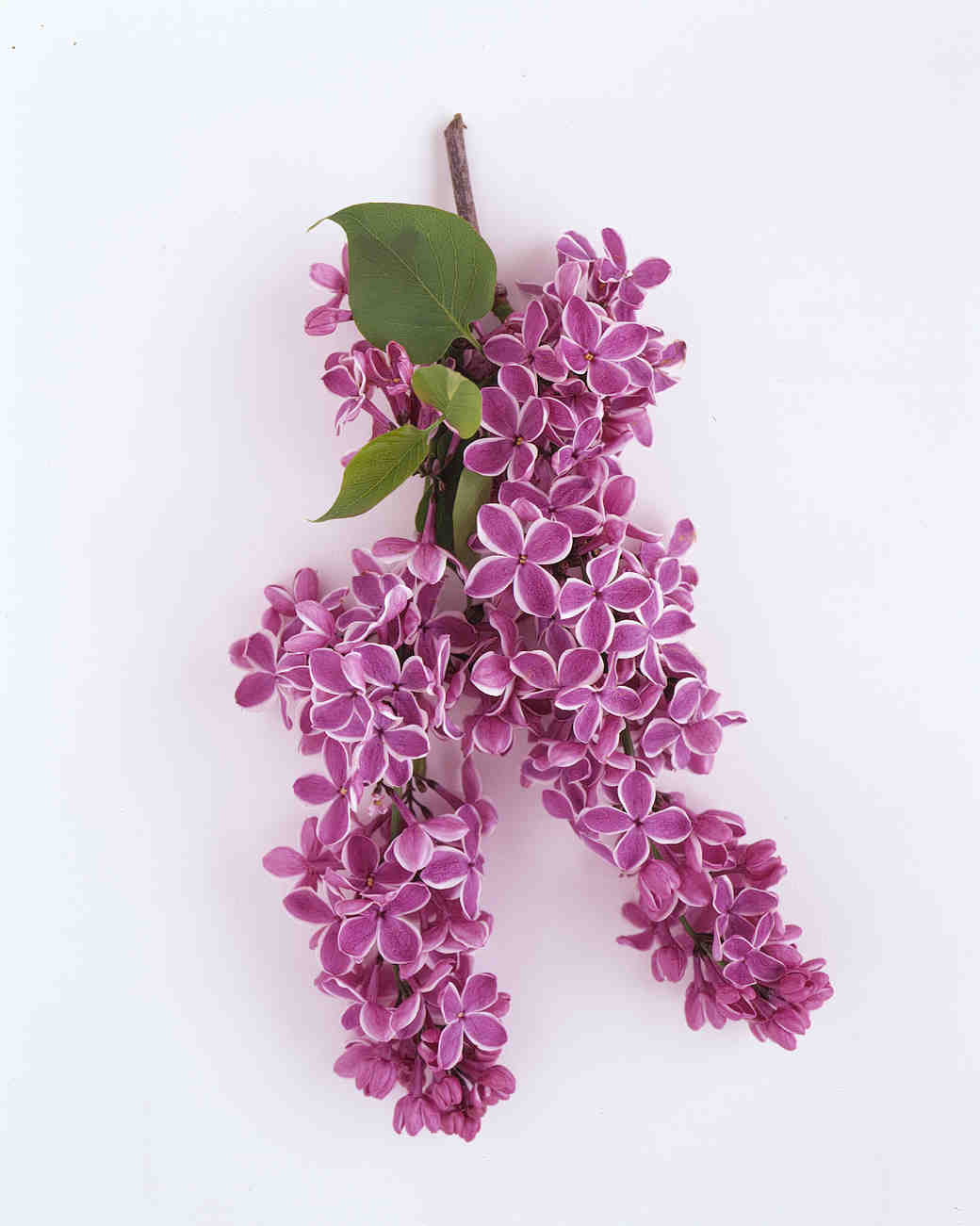
Bloomerang lilacs will rebloom whether or not they are trimmed, however, many people prefer the neater look of a trimmed plant. Reblooming lilacs like the Bloomerang series can be trimmed immediately after their spring bloom.

Any suckers are best removed in mid-late summer, as that minimizes their recurrence.

At that point, it can be trimmed, shaped, or thinned. Pruning: Lilacs bloom on old wood, so should only be pruned immediately after blooming. Avoid wet or soggy conditions.įertilizing: If desired, apply a granular (not liquid) fertilizer formulated for woody plants in late winter/early spring. Mature plants need little supplemental water except during extended periods of dry weather. Watering: Provide regular water during the first growing season, until roots are established. If growing in containers, use a high-quality all-purpose potting mix. They prefer soil pH to be on the alkaline side, but tolerate neutral to slightly acidic soils as well.

Soil: Well-drained soils are imperative for lilacs they cannot tolerate wet conditions, even for short periods.

The heart-shaped deciduous green leaves and attractive growth habit make lilac bush a valuable addition to borders and foundation plantings. Cone-shaped clusters of tiny single or double flowers occur in shades of white, purple, lavender, pink or blue.Ī staple garden shrub in northern climates, common lilac varieties are hardy in USDA zones 3-7/8. Lilacs evoke nostalgic memories of your grandmother’s garden, with sweetly fragrant flowers that are a welcome harbinger of spring. Buy lilac bushes – Order shrubs online and have them shipped right to your door


 0 kommentar(er)
0 kommentar(er)
